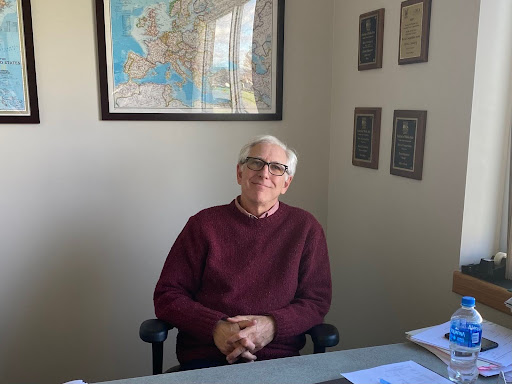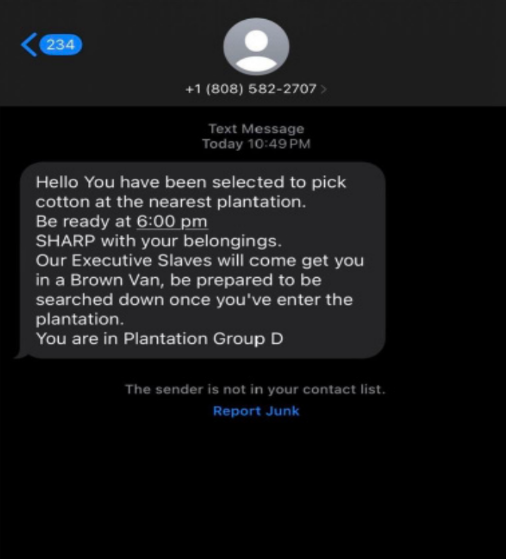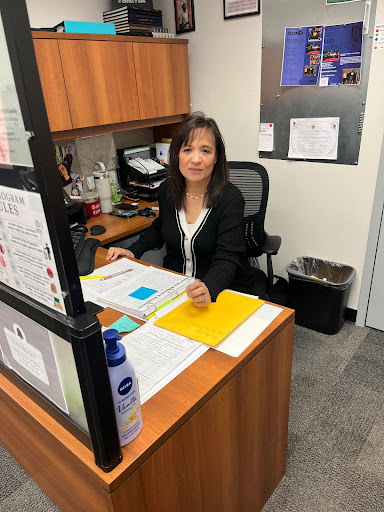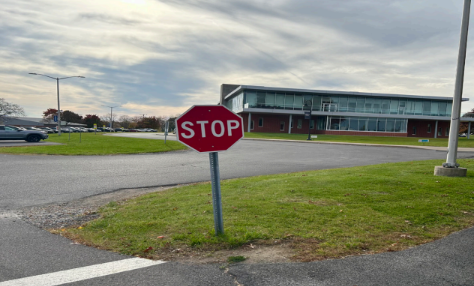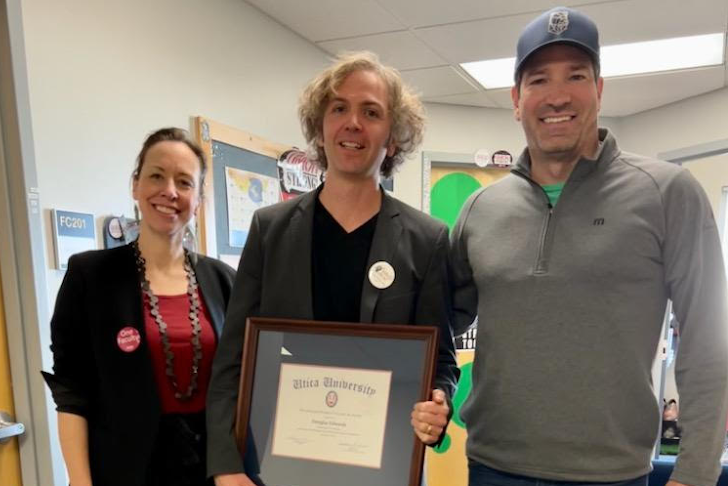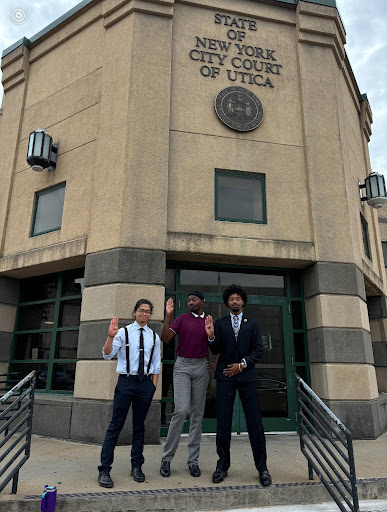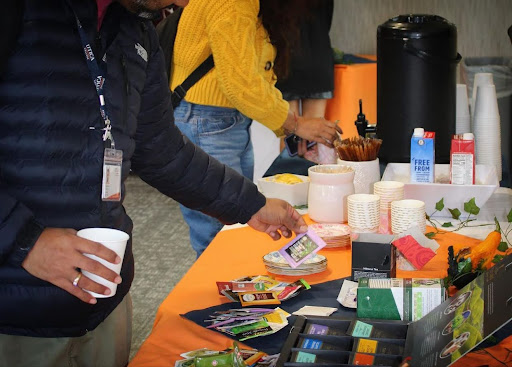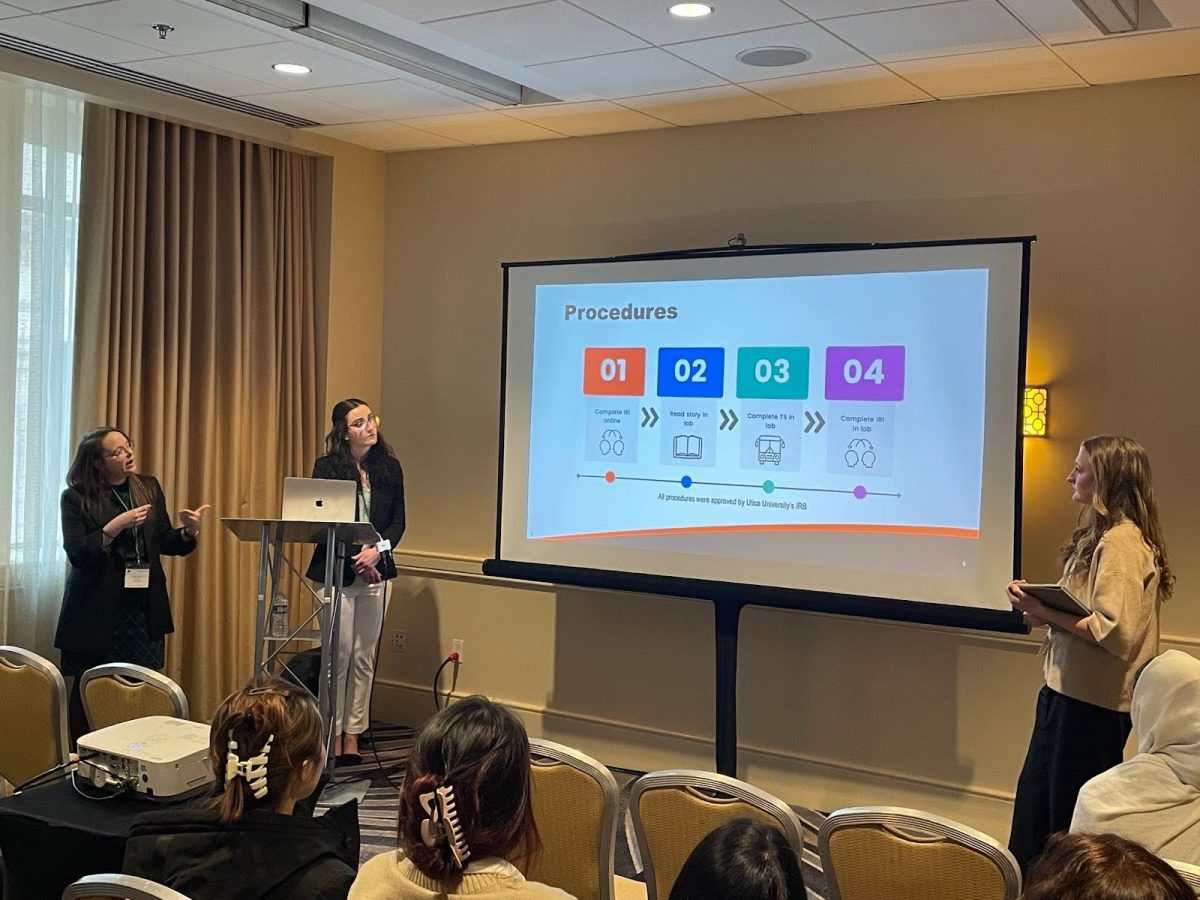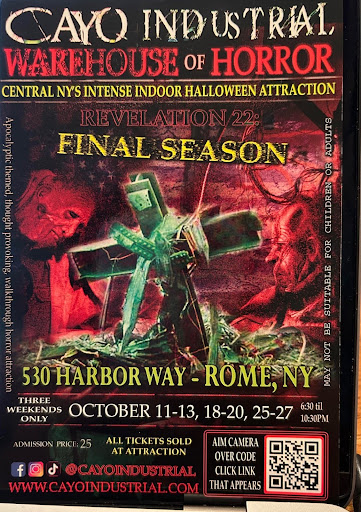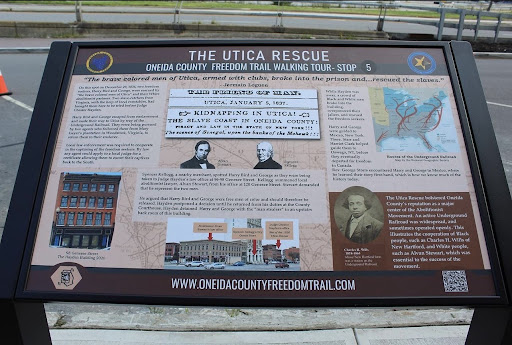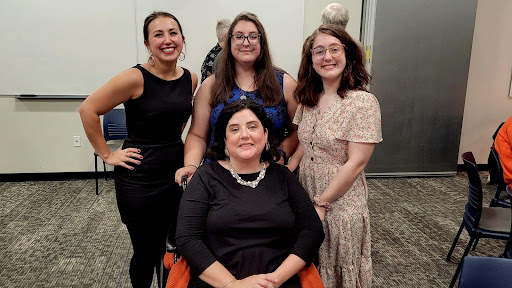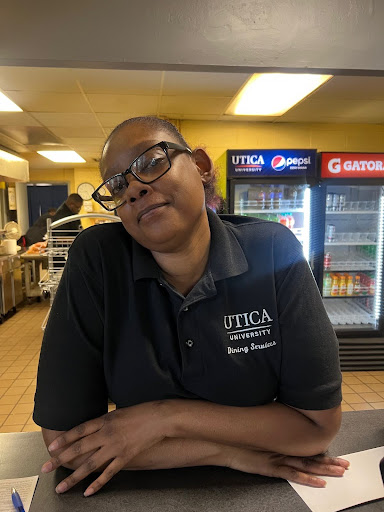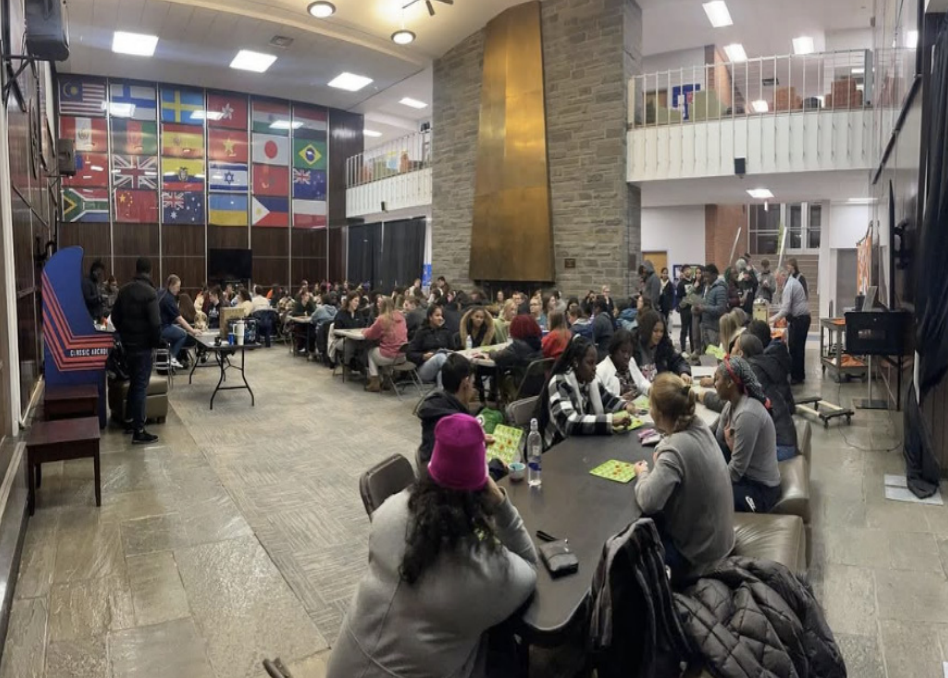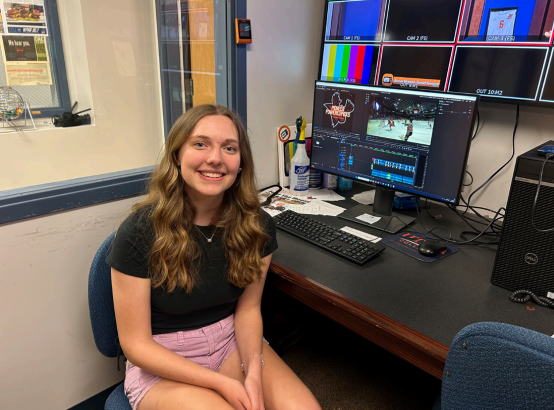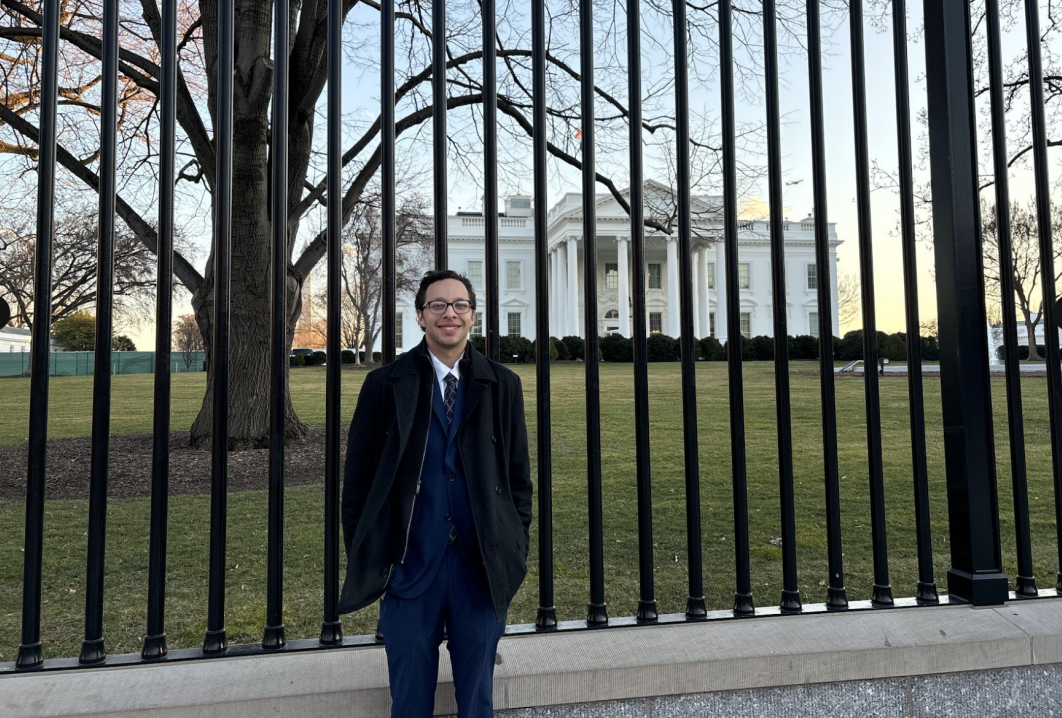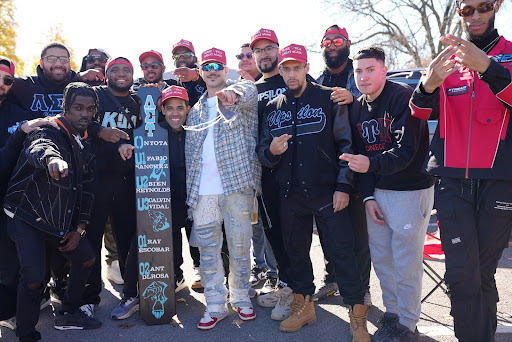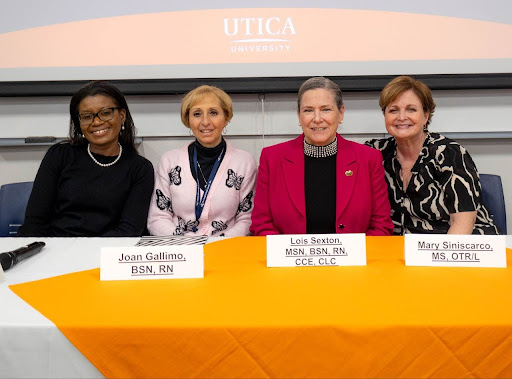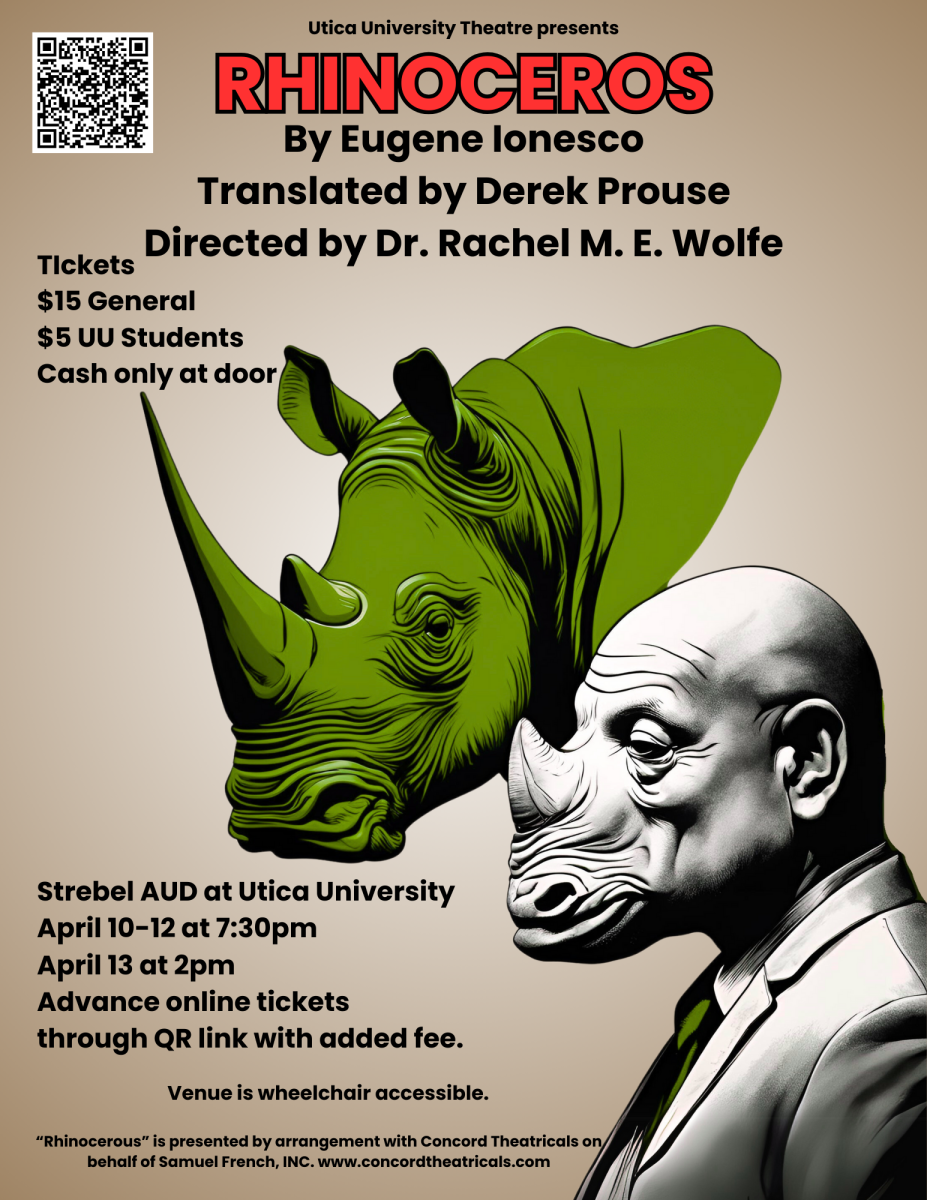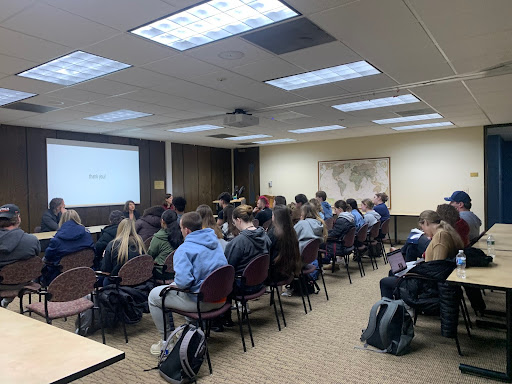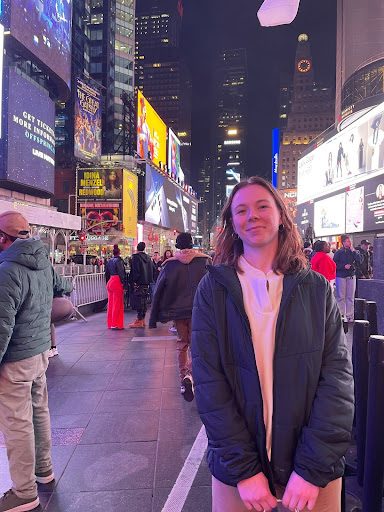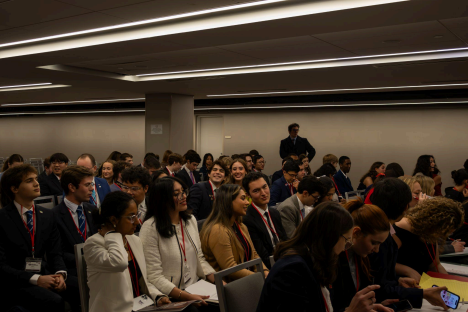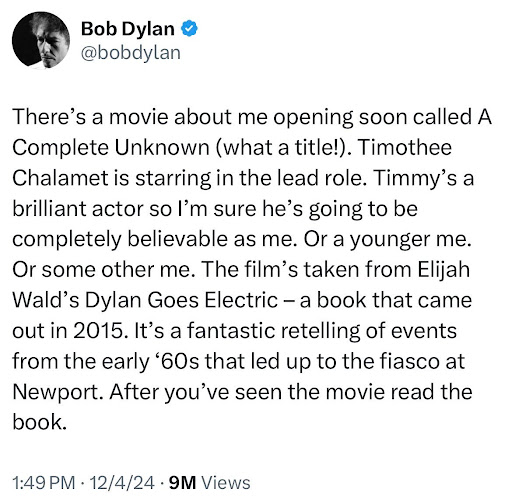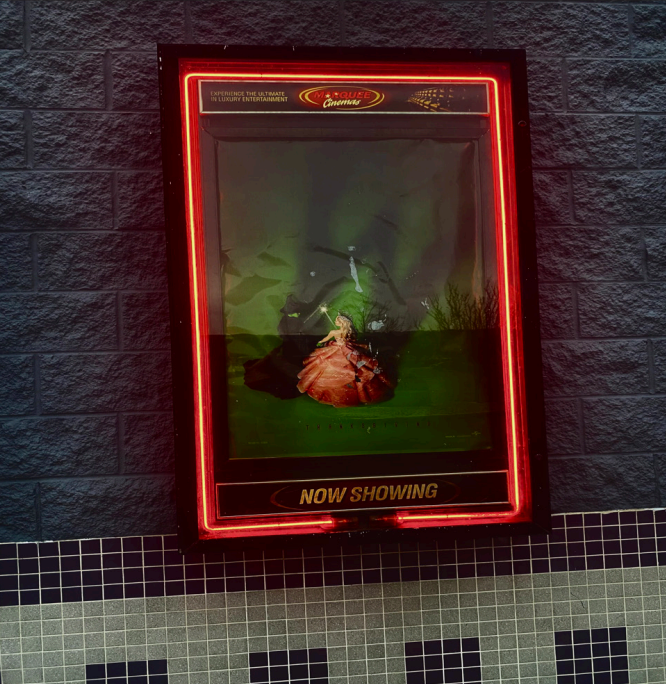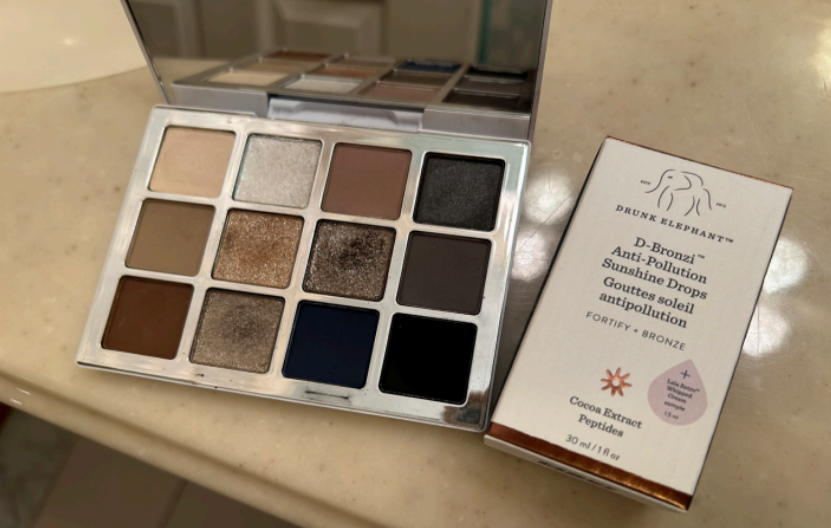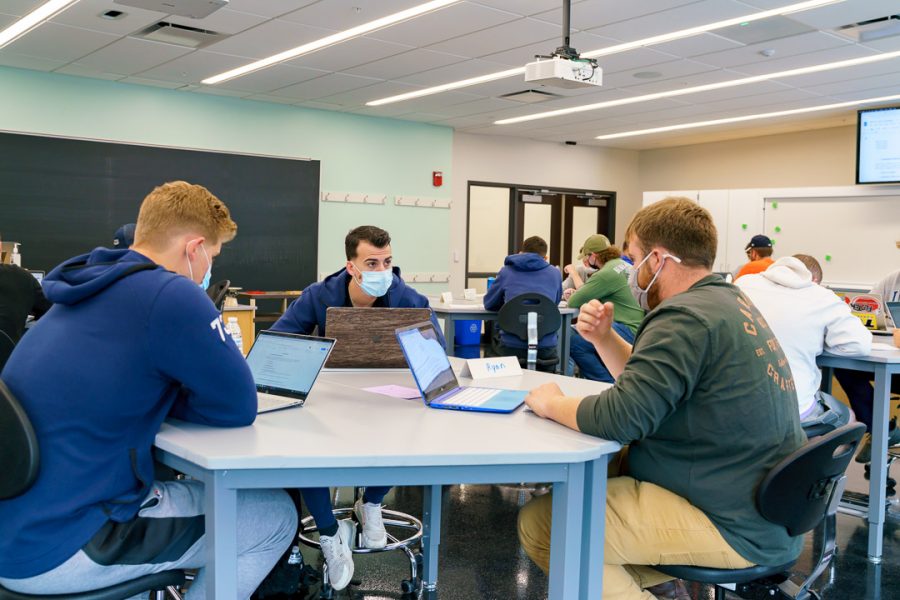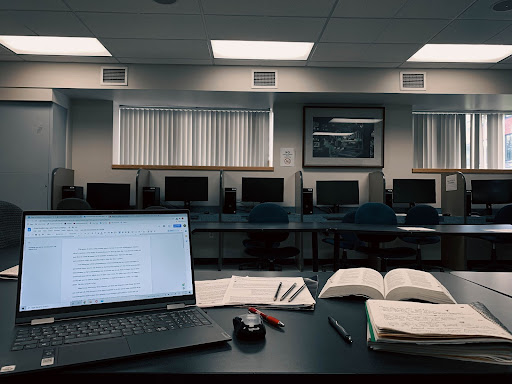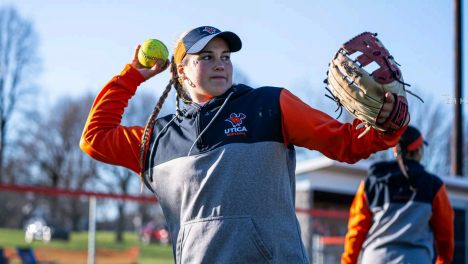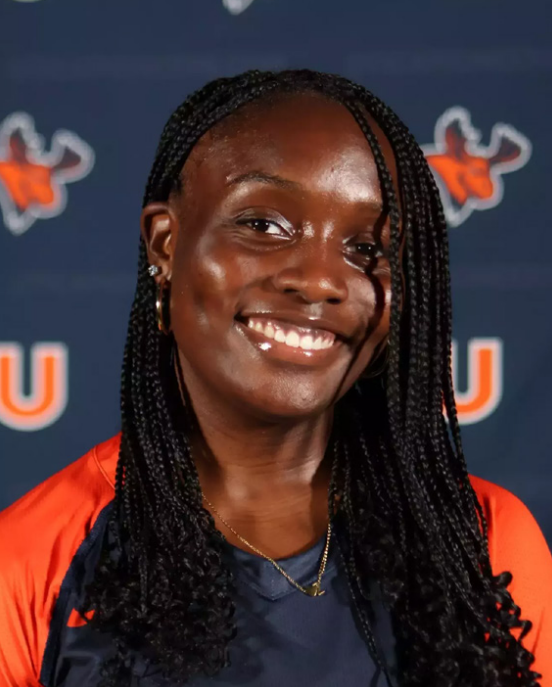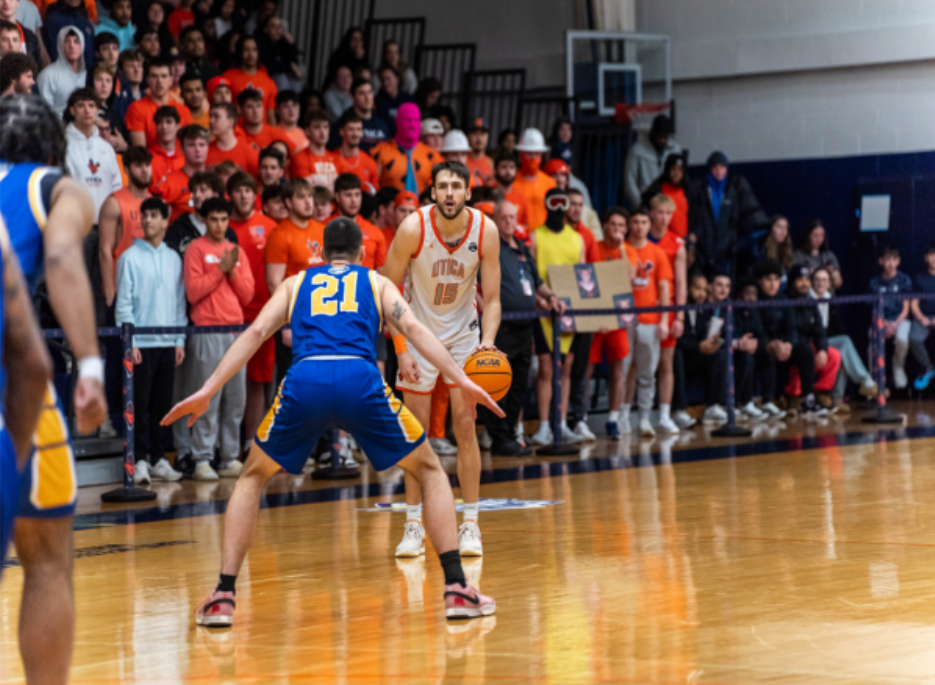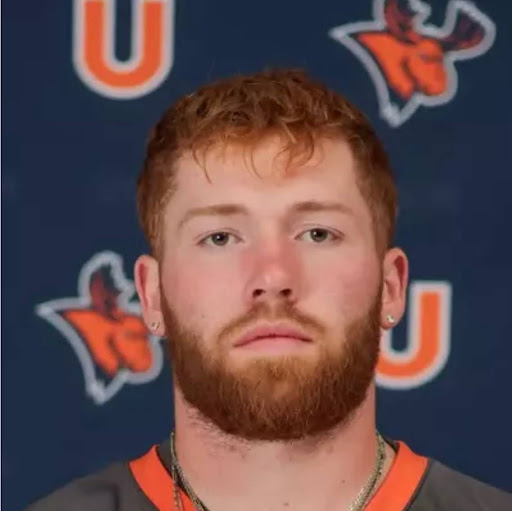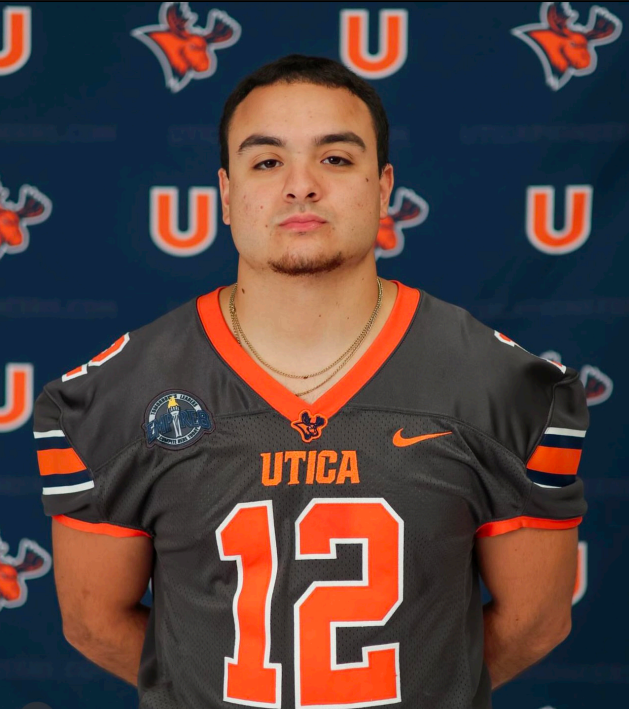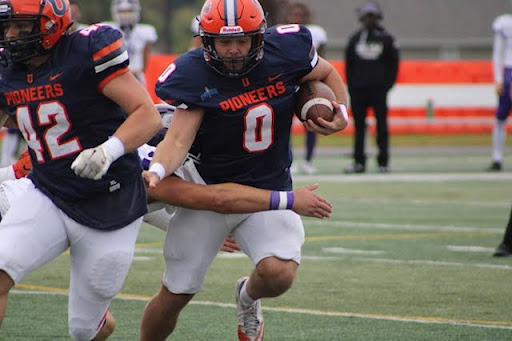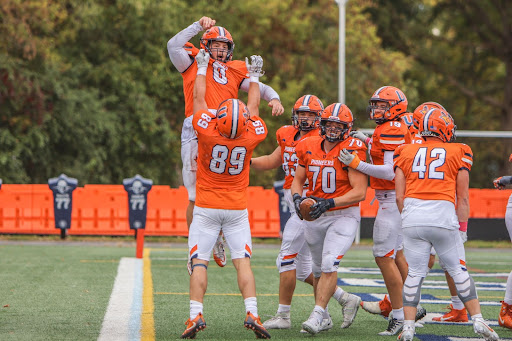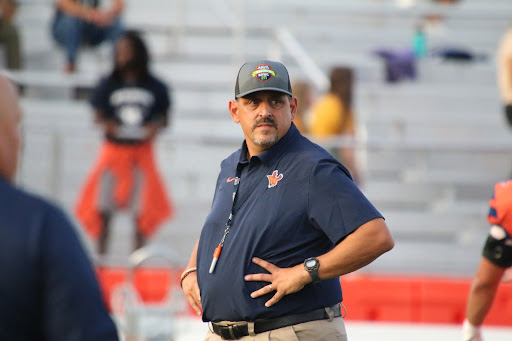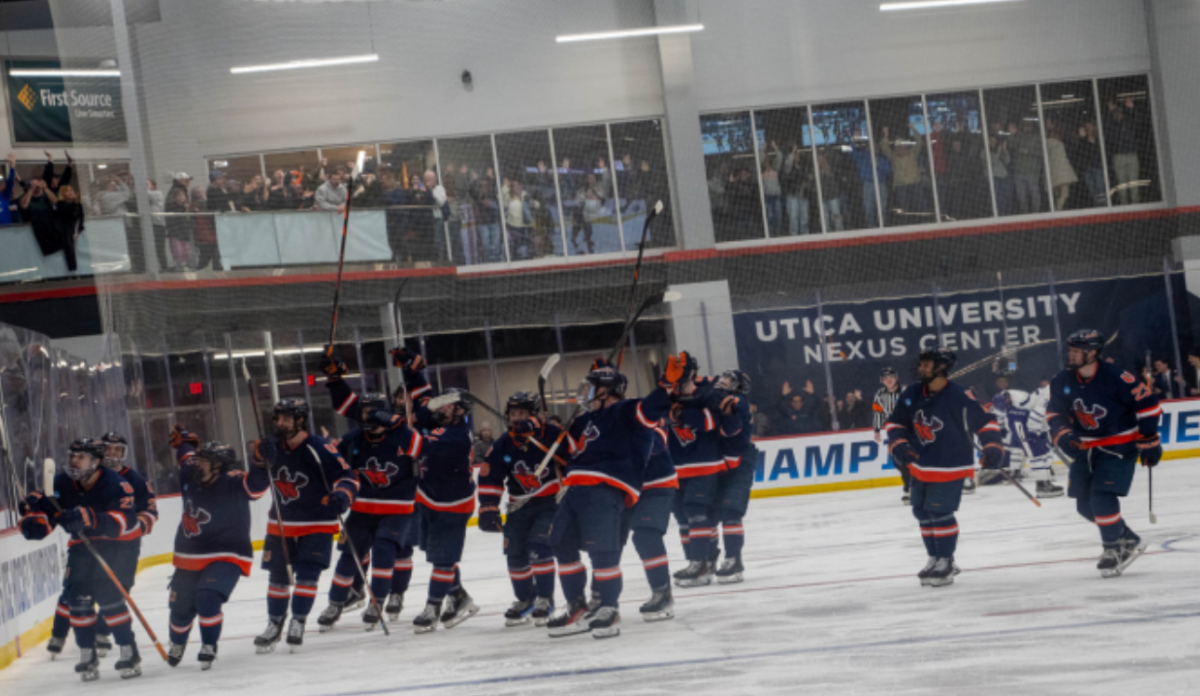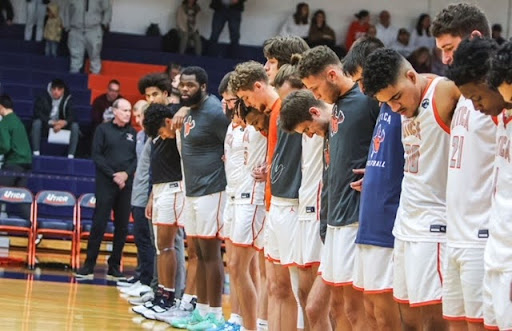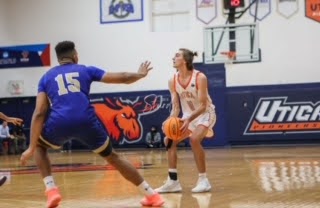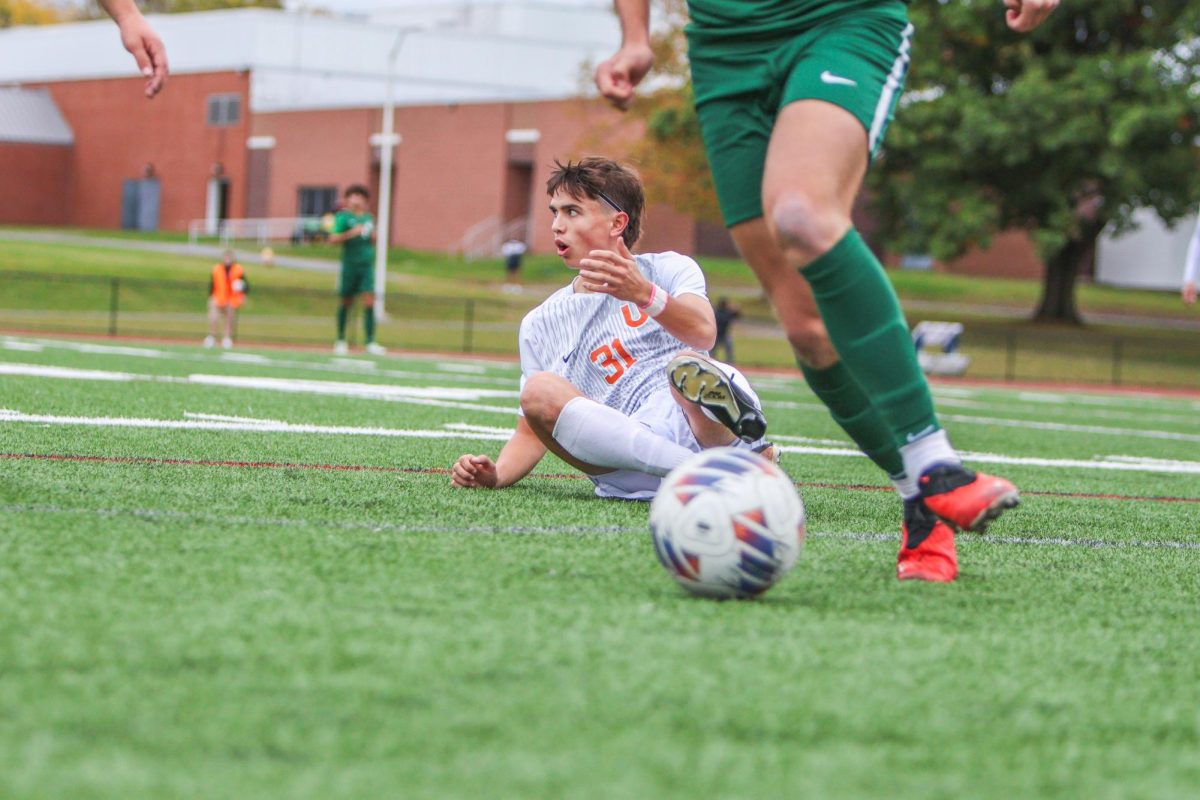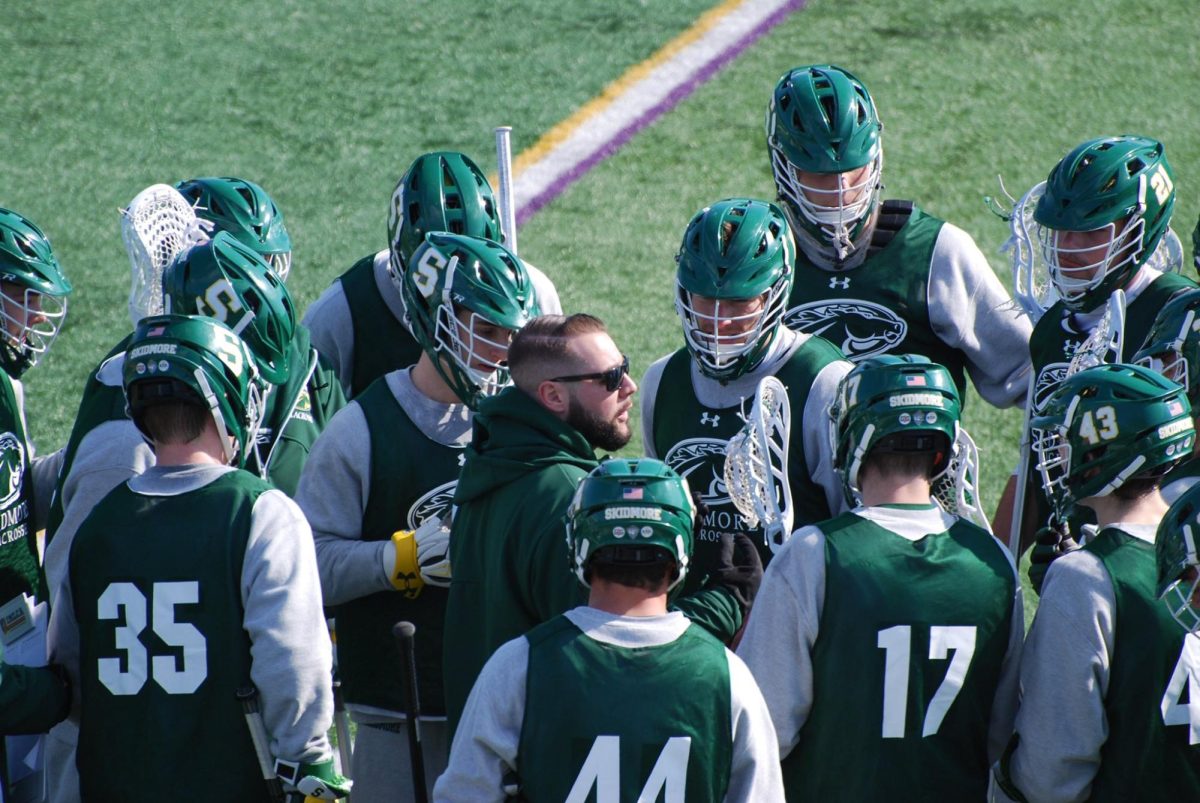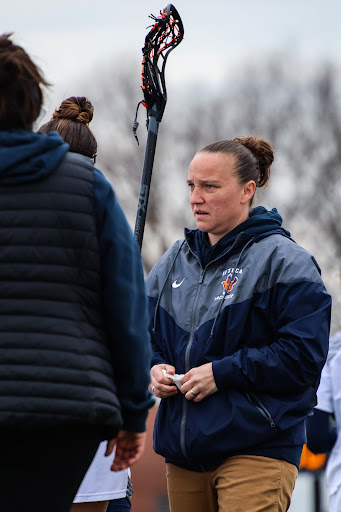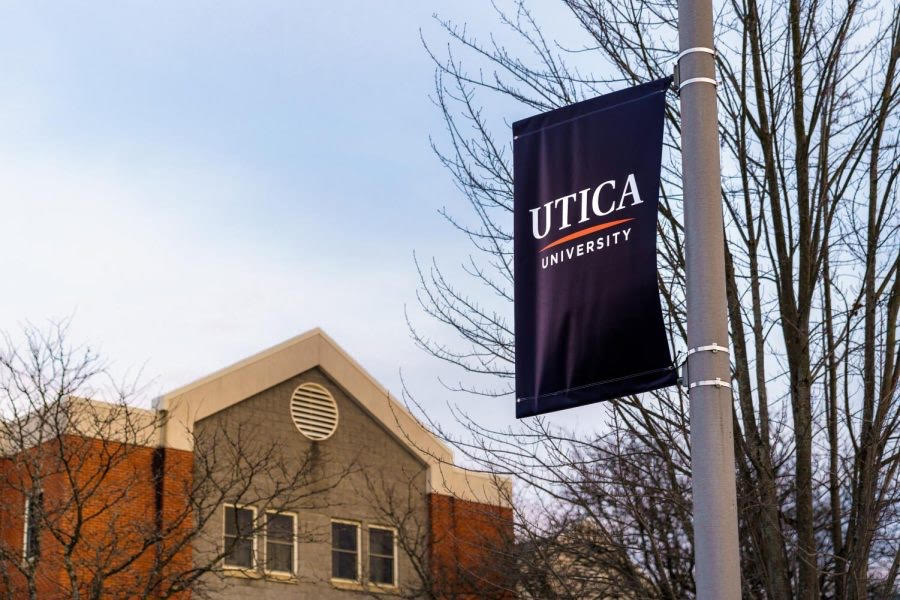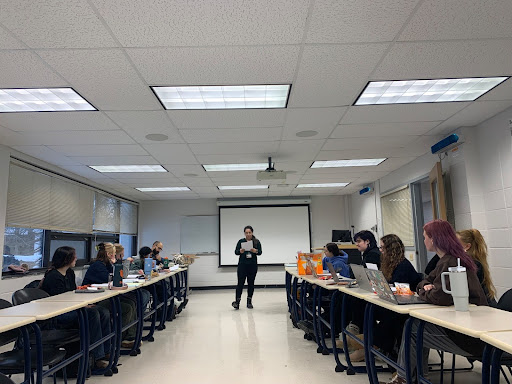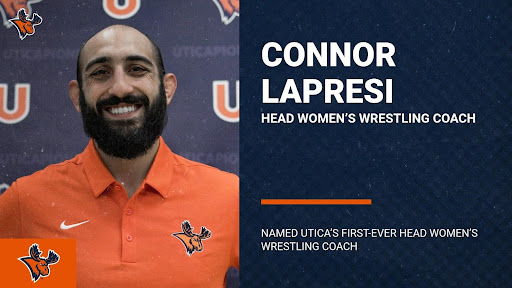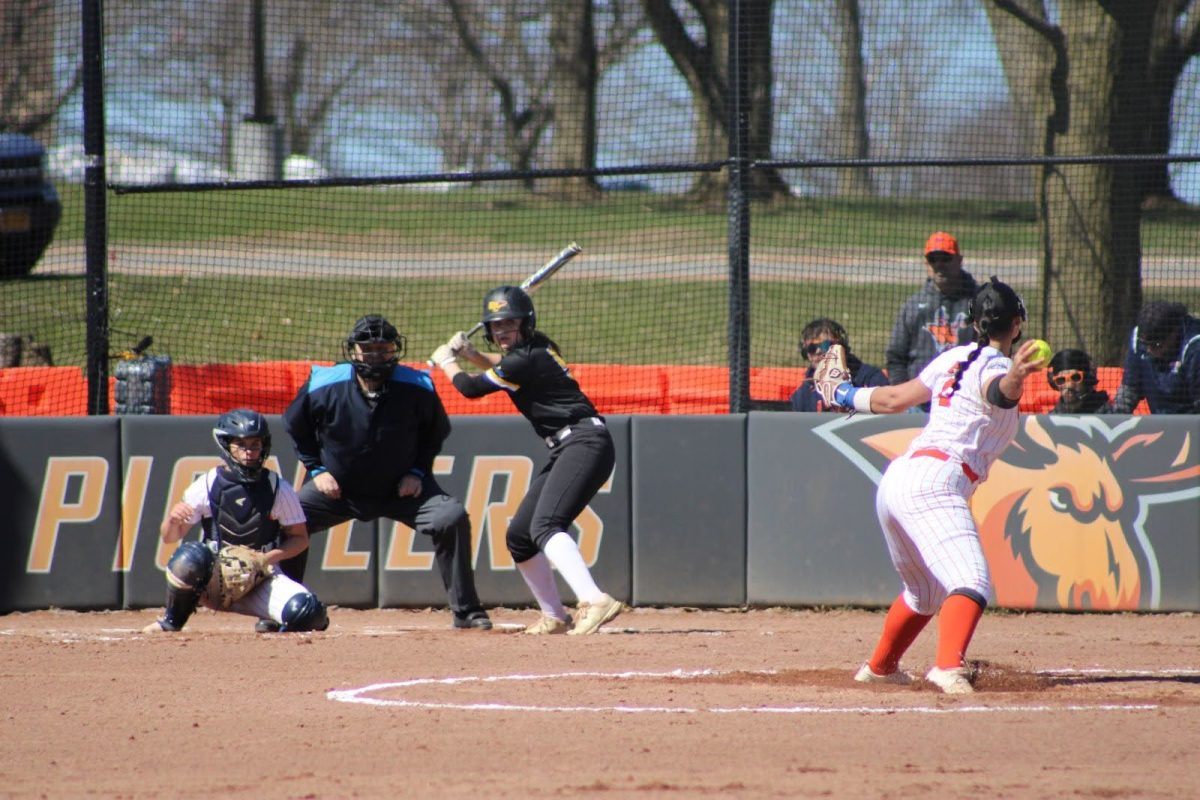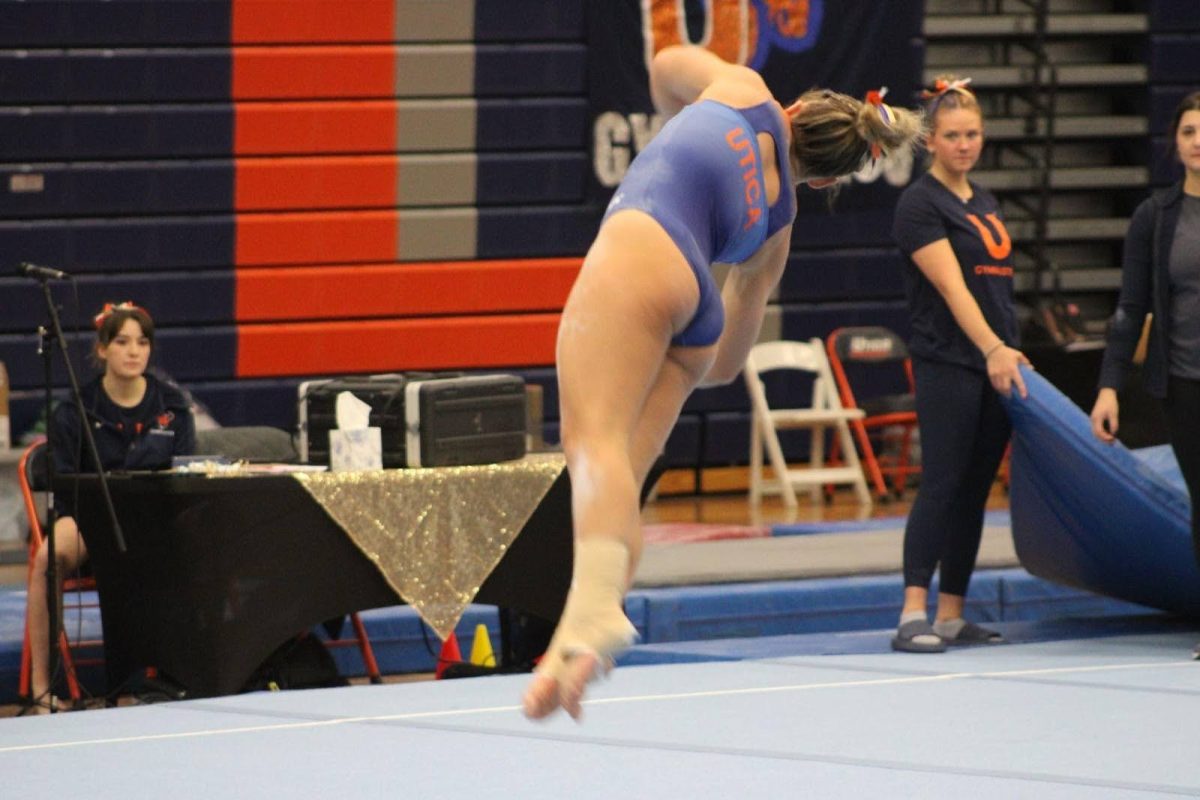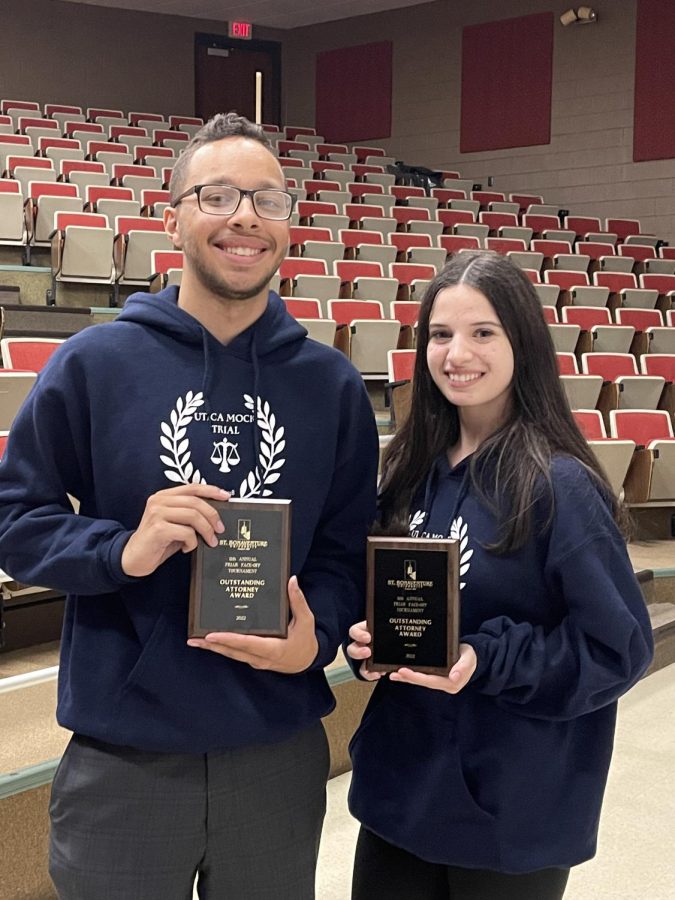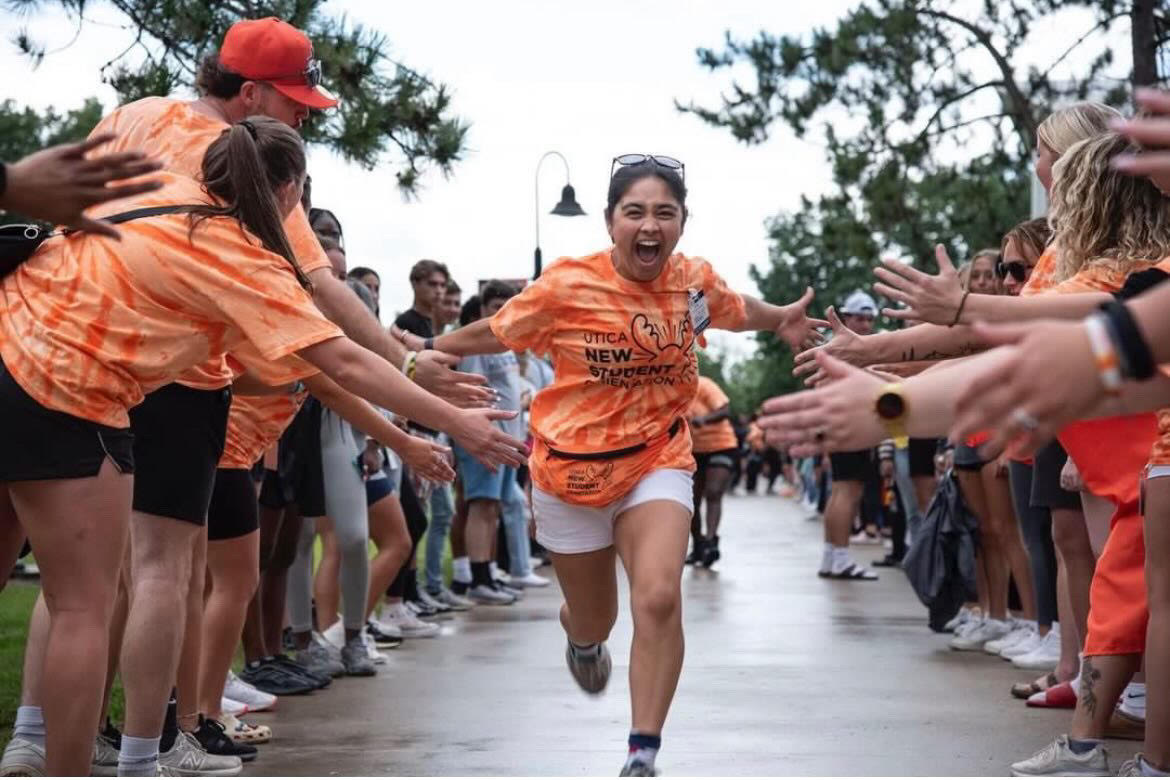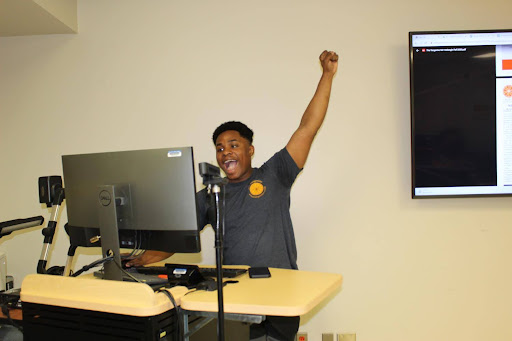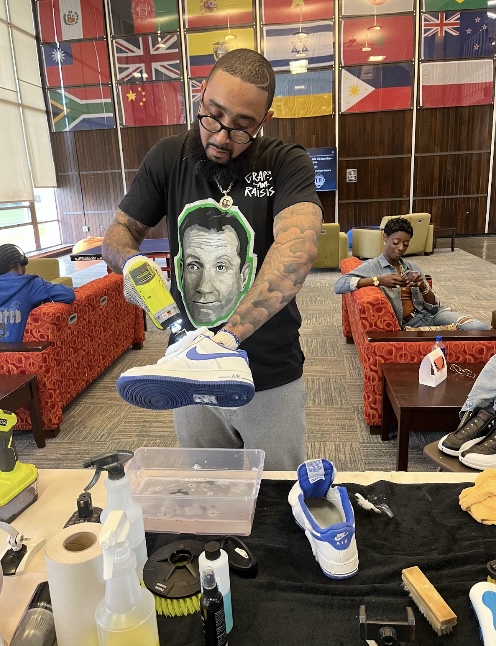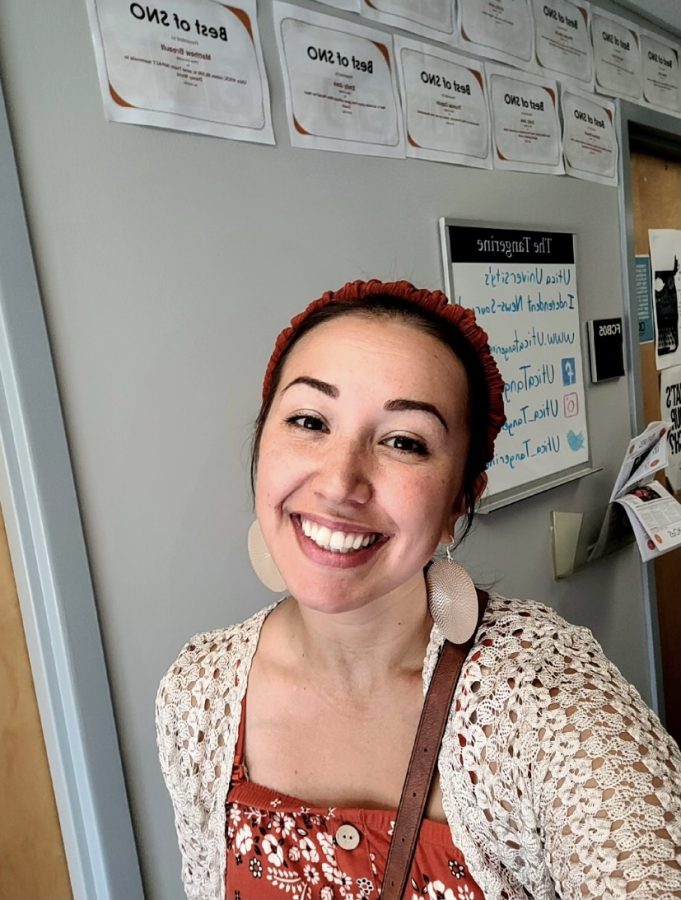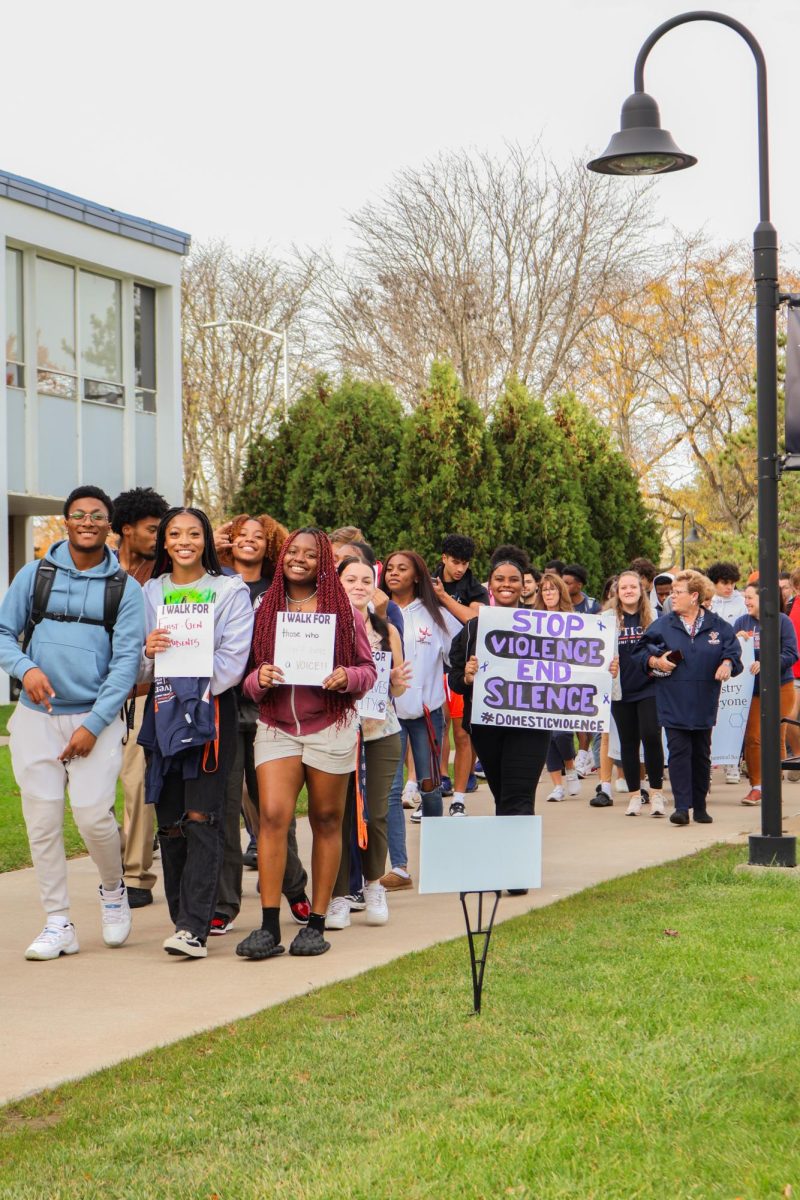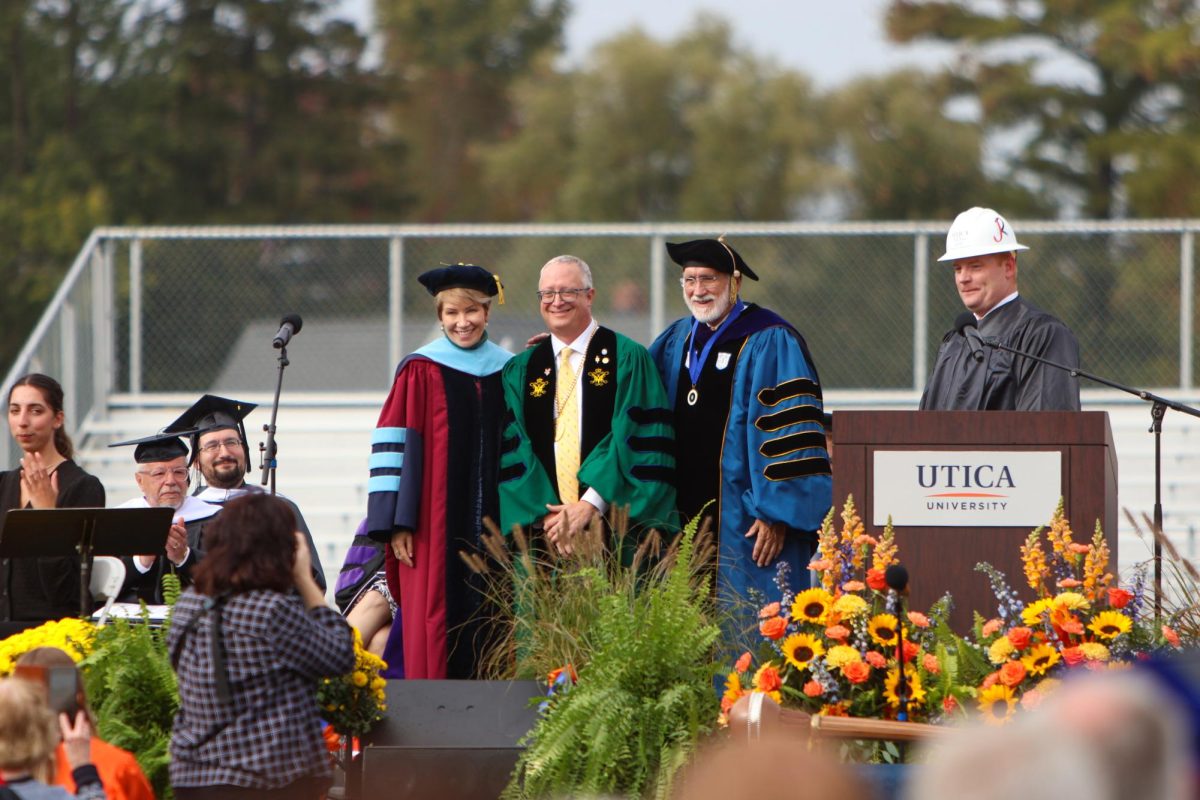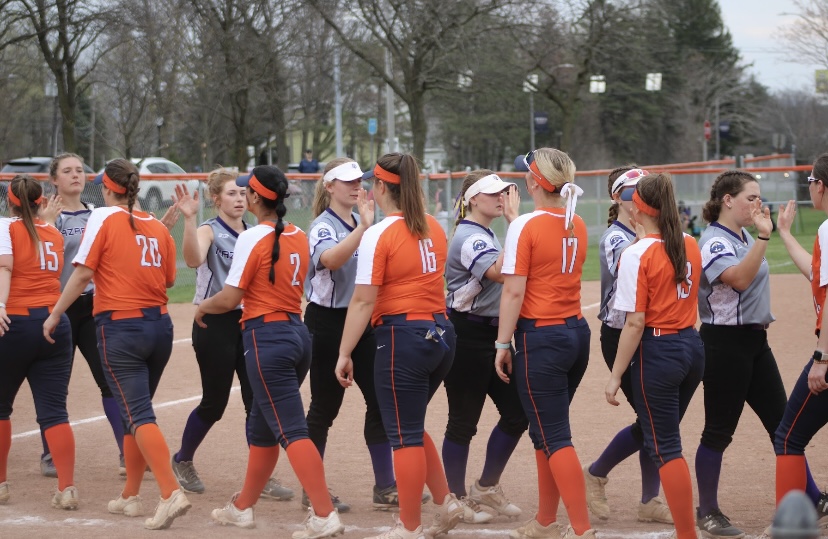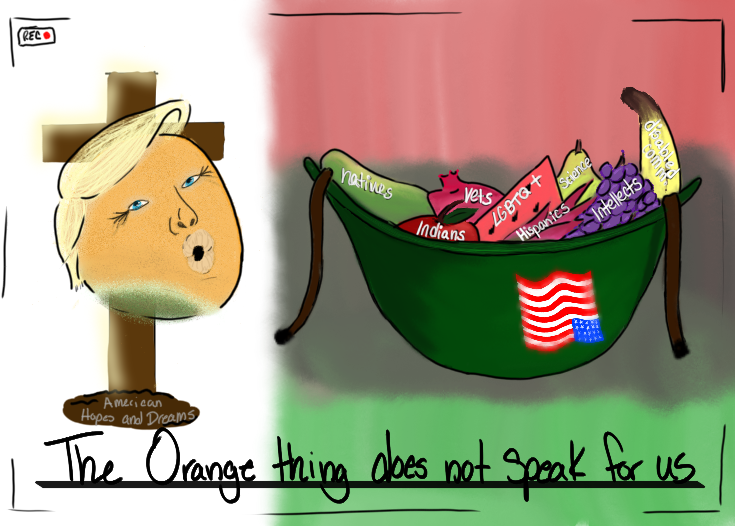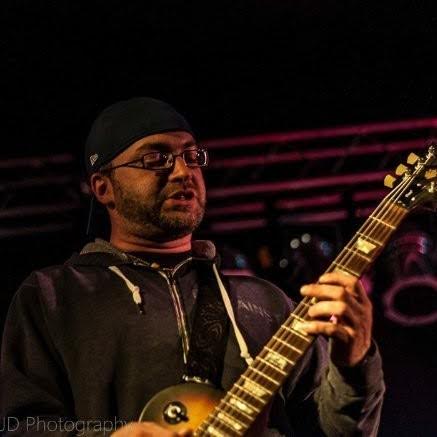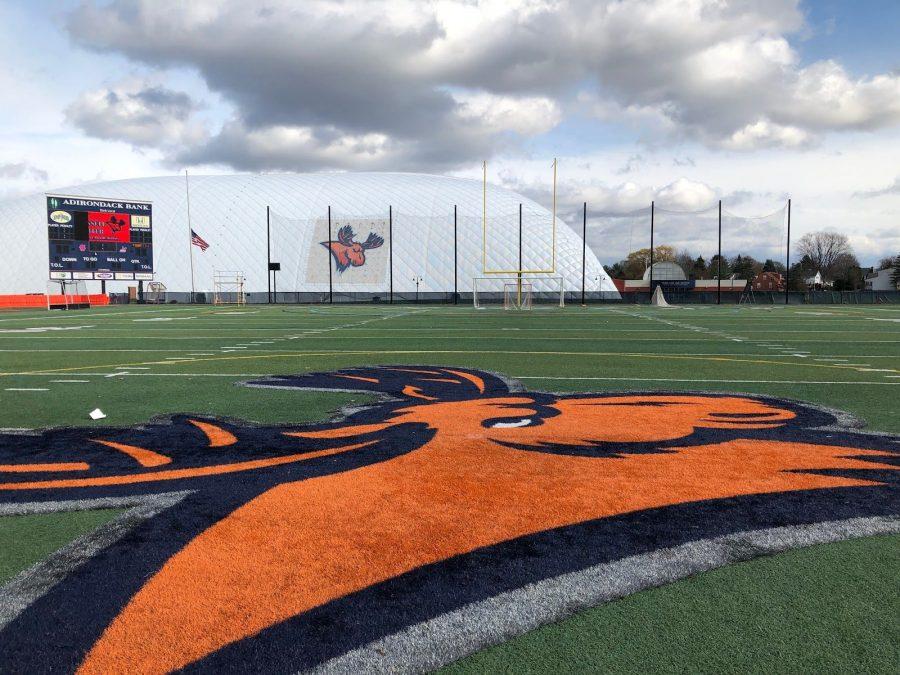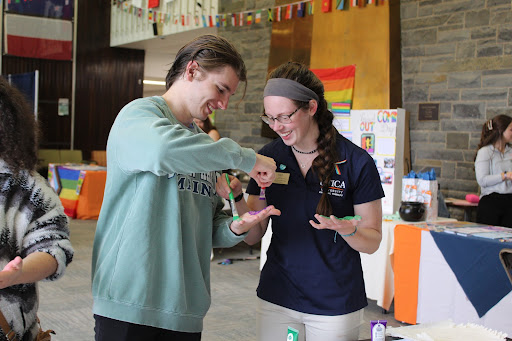Police still seeking answers to old unsolved murders affecting UC
Kaitlyn Tambasco, Managing Editor
Chapter 1: 1983: Murder in former Ramada Inn… Otherwise known as UC’s old Burrstone House
Professor of Criminal Justice Raymond Philo was just a young police officer with the Town of New Hartford Police department when Hector Ambrosi was shot several times in 1983.
Ambrosi was murdered in the old Ramada Inn, which years later became UC’s Burrstone House or the old “sophomore-year experience.” The catch? Ambrosi’s murder was never solved, even almost 37 years later. The gun that was used to kill Ambrosi was not found either.
Although Philo was not part of the investigation, he remembers the case well. He said that the late 70s and 80s witnessed a resurgence of organized crime. He said even in the city of Utica alone, most of these organized crimes were violent acts, such as murders or bombings. He and other officers believed Ambrosi was at the Ramada for a meeting since he lived locally.
Philo said even though the case has never been solved, there were still suspects. However, there was not enough evidence to reach probable cause, or to arrest any of them.
“We were watching particular houses and particular people, that were suspects, and some moved immediately to Florida, which was typical,” Philo said. ”It’s a really interesting case study, not just Hector Ambrosi’s murder in the Ramada Inn but the whole local crime organization at the time.”
The forensic evidence that exists today did not exist back then. If it was available then the outcome might have been different and that probable cause probably would have been reached. Cameras also could have made a difference, according to Philo.
He also said Ambrosi’s murder is an example of a cold case, which are still open but not active.
The Ramada Inn case is known by law enforcement as a typical cold case because they lack active investigation even though the file remains open.
“So if information comes in, (police) can readily go after it, as there’s no statute of limitations on murders,” Philo said. “So it’s very prosecutable if the person that did it is still alive.”
To Philo’s knowledge, anyone in the room with Ambrosi was part of the murder. If someone witnessed it, the code of silence could have existed, meaning if that person told the police what they saw, they might have been killed too. The murderer could also be dead, he said.
“These were young mob guys in the fifties, who got convicted of a lot of crimes and by the seventies, now they’re middle age and they’re out of jail and they’re back home, and they want to get back into the business they left in the fifties because of convictions,” Philo said. “That’s their skill set, that’s their life.”
Philo said students, faculty and staff, should know more about this case, as it is local crime lore and is a part of history. He said it should not be covered up and instead should be talked about.
“It’s fascinating to the students and it’s part of the Burrstone House story,” Philo said. “I would tell students in my classes the story of the murder there, and still do. The eyes widen and students would say ‘I heard footsteps last night, but there was nobody there.’”
Junior Salvichino DeGristina had not heard about Hector Ambrosi but said he wished he did. He said this case makes sense as to why some students have reported that Burrstone House was haunted.
“I think it’s pretty creepy honestly because it has been so long and the cops still haven’t figured out what happened,” DeGristina said. “I hope maybe one day it will be solved but I’m pretty sure the people who committed the murder wouldn’t want it to be.
Degristina said if something similar happened today, then it would probably be easier to solve because of the technology that is available.
“Their technology was worse than it is now so they didn’t have a sufficient way of solving crimes,” DeGristina said. “So, a lot of crimes back then weren’t solved.”
When she worked for the Observer Dispatch, Adjunct Professor of public relations Rosemary Bonacci, wrote Ambrosi’s obituary. She said from what she recalls, the obituary did not list anything about the murder.
Bonacci also said that DNA testing would have been crucial to solve the case at the time.
The importance of DNA lies in the fact that it is a unique identifier, much like fingerprints, according to Professor of criminal justice Robert Swenszkowski.
“From then to now, it’s evolved immensely, just the way they can separate DNA,” Swenszowski said. “It’s conclusive and sometimes it’s used to positively identify or rule out in criminal sense a suspect.”
Swenszowski said the process of getting DNA could have been helpful to solve the murder but in the time of the murder, investigators lacked the technology.
“It’s tough, a lot of these cold cases in many cases, someone eventually comes forward,” he said.
Swenszowski explained that having someone provide any information about the case could “spark a new lead,” which, with the help of DNA, could result in a possible arrest, a found weapon or a piece of evidence.
Swenszowski said that databases are also essential but familial DNA can help narrow things down.
“We are coming up on timelines, where people involved in that murder, if they were the same age, where lives are ending and people are getting older,” Swenszowski said. “Sometimes the people involved die and then the suspect is gone, a witness is gone, and you go from there, and you can’t convict someone who’s passed away even if they were responsible for a crime so that’s another challenge.”
He said that cybersecurity also plays a role in digital forensics and that sometimes eyewitness accounts can be difficult to judge.
“There are a lot of issues with eyewitness accounts from people who were in traumatic situations,” Swenszowski said. “They could accuse other people or not remember certain things but that could also be due to the stress that person could be under.”
Chapter 2: 1984: Body found in Cadillac outside of South Hall
In January of 1984, police found the body of Robert Cervo stuffed in the backseat of a red and white Cadillac parked outside of UC’s South Hall. It was later found that Cervo had been beaten to death but was not murdered on UC’s campus.
The catch? This case was never solved either, almost 35 years later. It was also believed this act was part of organized crime and mob killings. The murderer also called Cervo’s wife Lydia, telling her to bring a spare set of keys to their Cadillac. When she had asked the killer why the car was at Utica College, the caller simply laughed and hung up the phone.
In this case, the location of the killing is unknown. Police believe Cervo was just dumped on UC’s campus because it was convenient for the killer.
Philo said if this act occurred today, it would have been easier for law enforcement to figure out who committed the crime because of surveillance footage that exists, witnesses and forensic evidence.
“You cannot go anywhere now without being seen by a camera,” Philo said. “Just from walking down Burrstone Road, you’re probably being seen by 17 different cameras.”
Philo thinks the violent organized crimes that occurred in this era were most likely all were connected in some way. Just by leaving the body and not disposing of it or getting rid of it, shows a message.
“Organized crime is not the mafia, that’s just one type,” Philo said. “They’re organized like a business, except, they like to eliminate their competition. This is all very calculated, done by smart people who operate in that environment. They wanted the body found.”
Philo said the Cadillac was probably searched more times than none and that if something was found, it might have led to this case being solved or at least an arrest.
Sophomore Hannah Camfield said she did not know about this crime and also wished she had known about it.
“I feel kind of sketched out that it would even be possible for a murdered individual to be left outside the building that I currently live in,” said Camfield, an RA in South Hall. “I feel like there’s not enough communication between the administration and students and I did not know about half the crimes that occurred in Utica before attending.”
If Camfield had known about this incident prior, she still would have agreed to be an RA in South but would have brought it up.
“Yes, it happened so long ago but it is not solved,” Camfield said. “I would have definitely brought it up to see if any security measures were put into place since.”
Police are asking for anyone with information on the Ambrosi case, to contact the Major Crimes Unit of Troop D at (315) 366-6003.
Police are asking for anyone with information on the Cervo case, to contact Utica Police Department’s Criminal Investigation Division at (315) 223-3510.



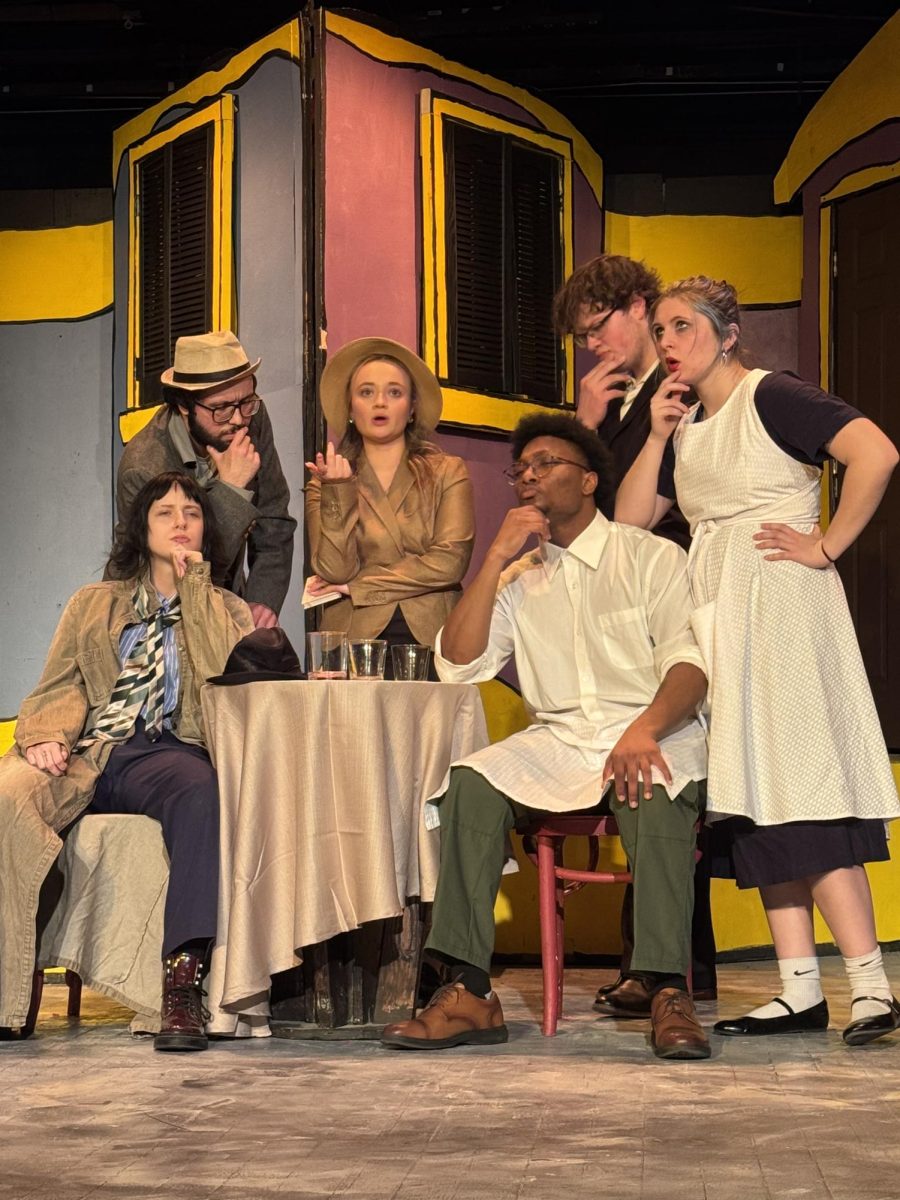
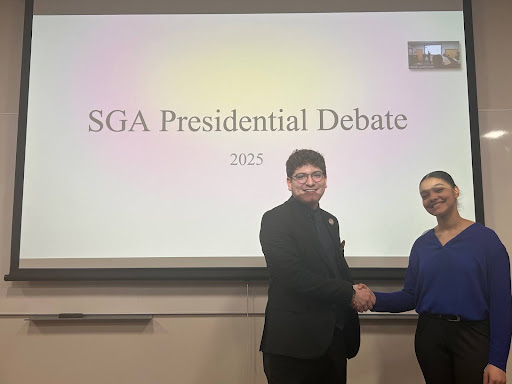

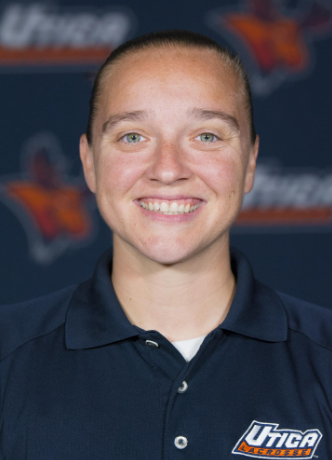

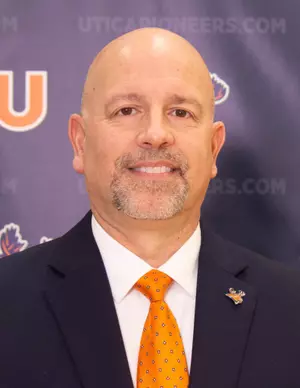
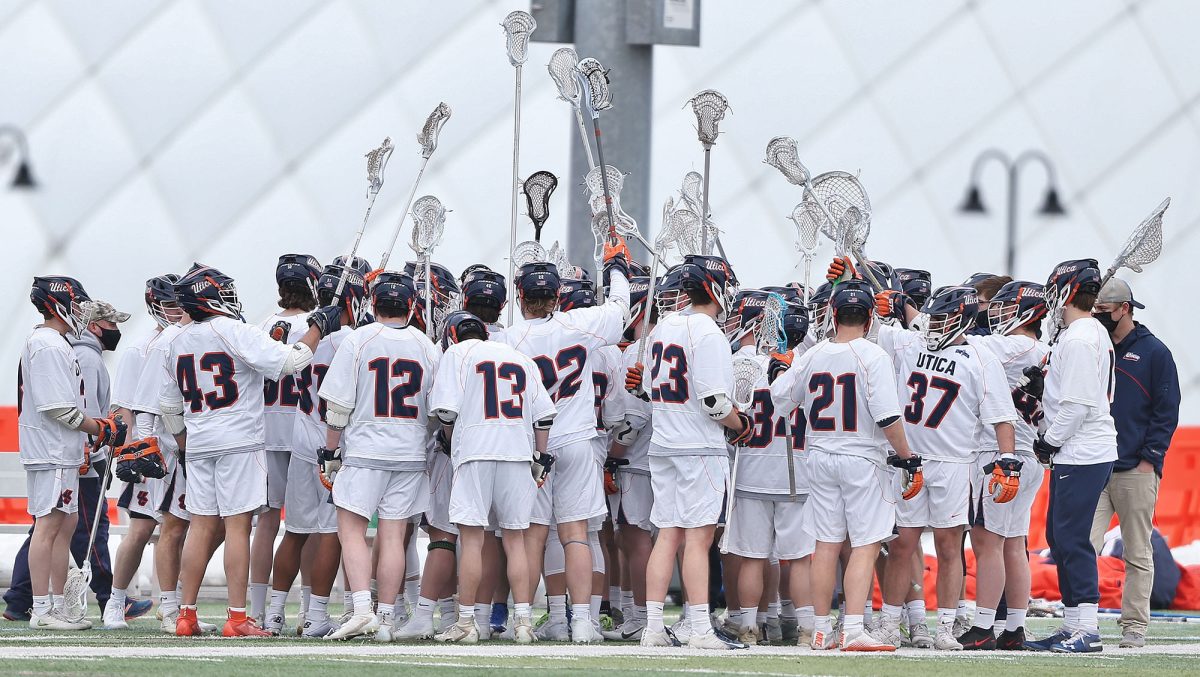
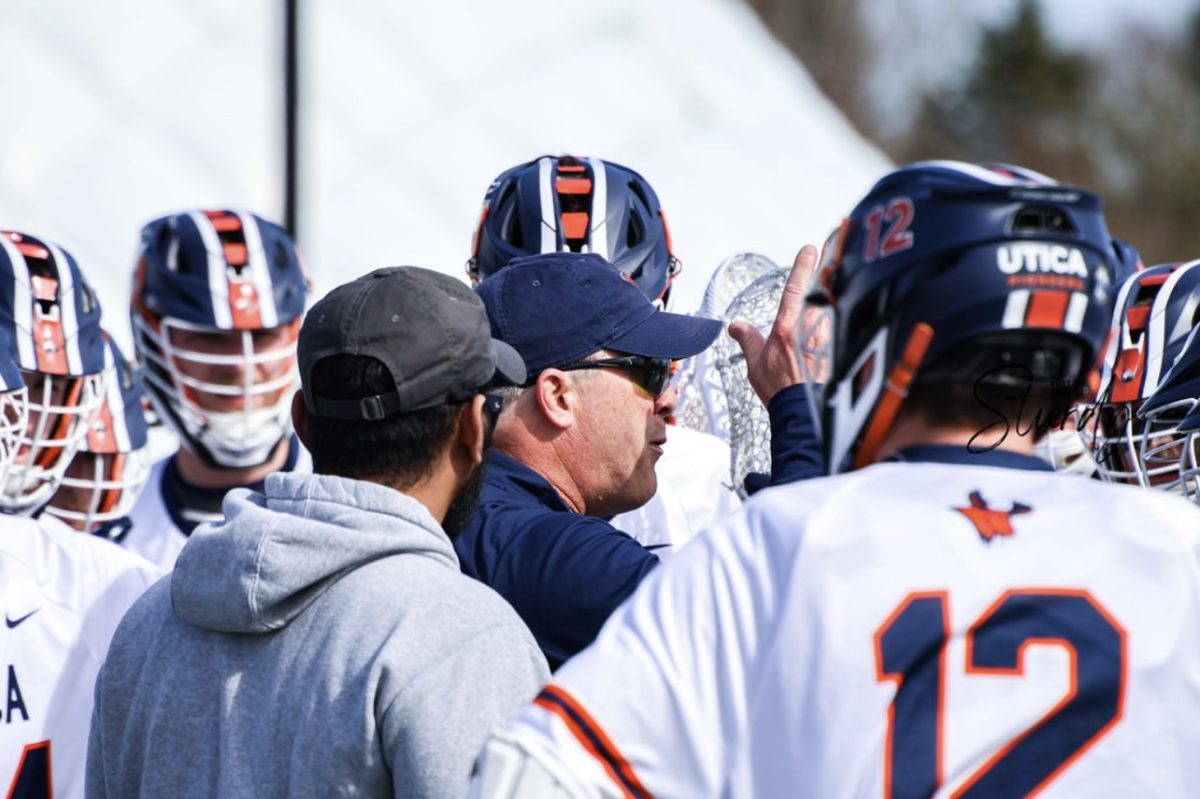

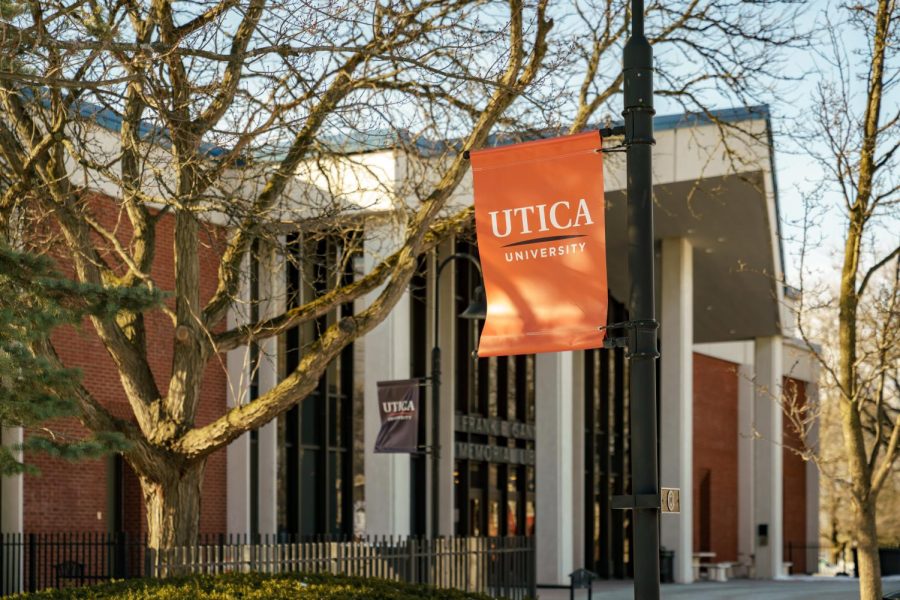
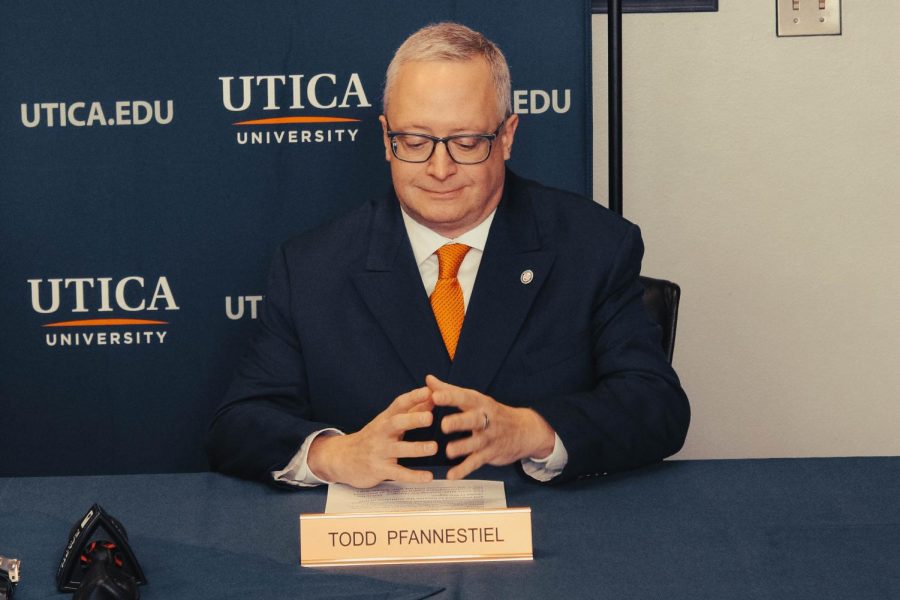
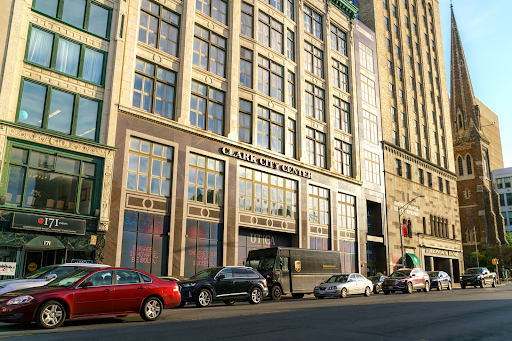
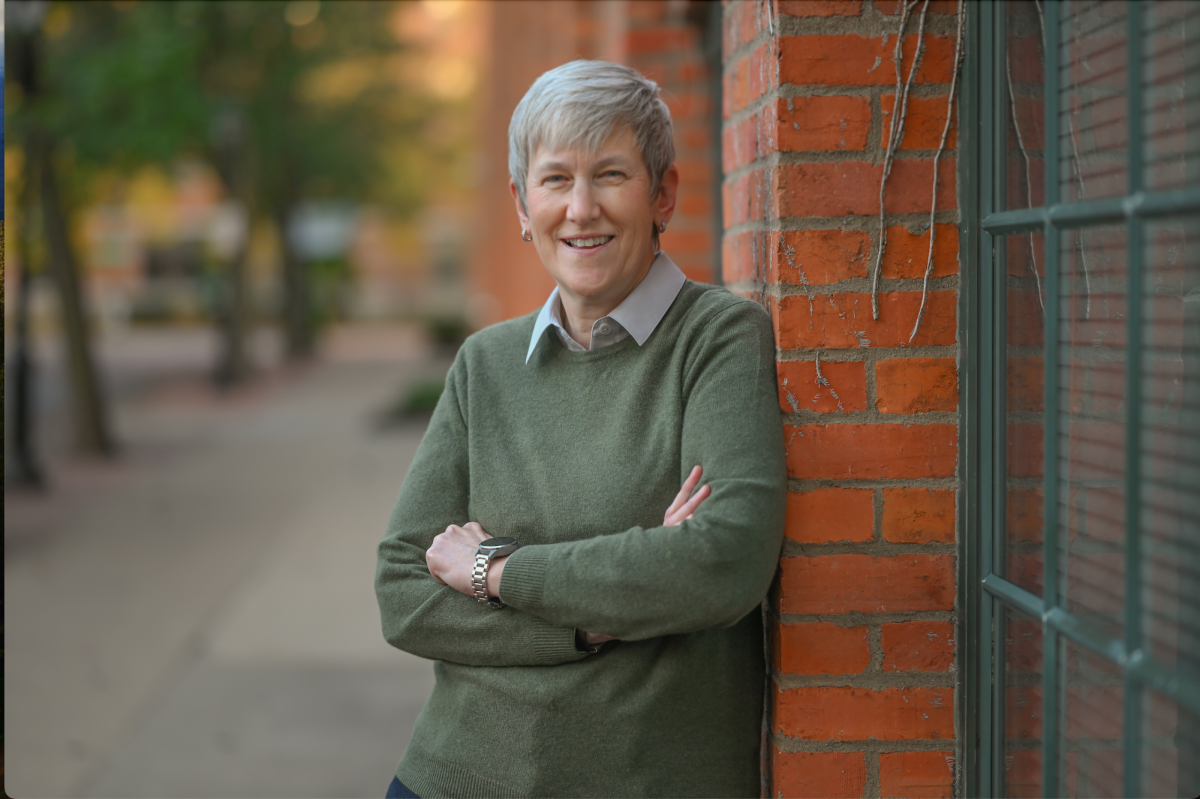
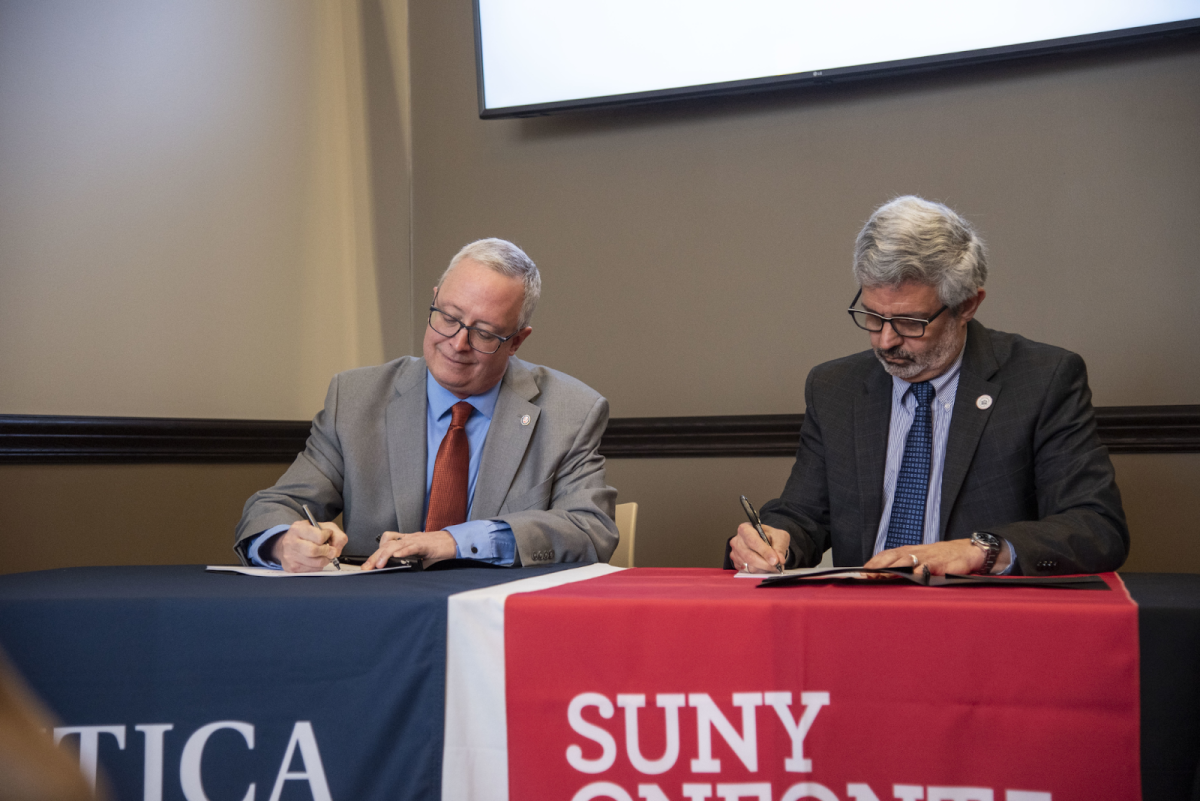

![President Todd Pfannestiel poses with Jeremy Thurston chairperson Board of Trustees [left] and former chairperson Robert Brvenik [right] after accepting the university's institutional charter.](https://uticatangerine.com/wp-content/uploads/2023/10/unnamed.jpeg)
